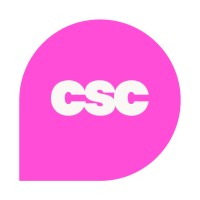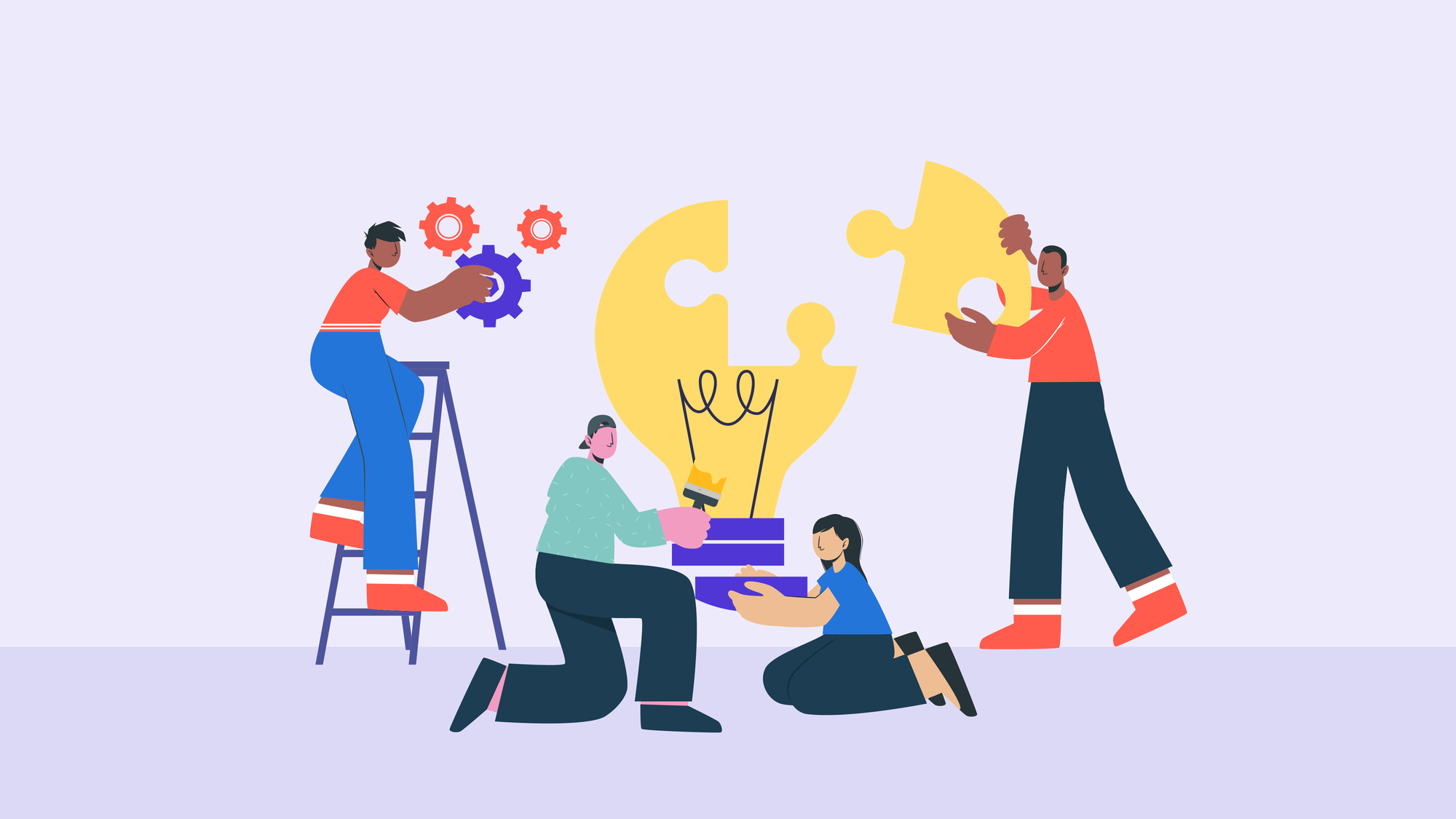It’s quite simple, there will come a point for every revenue-generating business where they’ll have to figure out how to sell more to their existing customers because, eventually, they’ll tap out of new customers.
Without a constant stream of revenue, your business will become stagnant. Fear not, there’s a clear alternative: upsell to your current customers. 📈
Driving retention with the target of producing high customer lifetime value (CLTV) is the essence of customer success. This is why customer success is at the heart of SaaS.

In this article, we’re going to examine:
What is customer success?
Good customer success is a growth strategy that enhances legacy and helps generate new revenue. But let’s strip things back a bit. 🌱
Customer success was borne out of the Software as a Service (SaaS) sector and has mirrored SaaS’ upward trajectory over the last 20 years. It isn’t easy to pinpoint exactly when this business function first existed, but according to the History of Customer Success Association, between 1996 and 1997, the CRM company, Vantive, implemented a customer success team to ensure their customers' needs were being met.
The principle behind a customer success team is to generate conditions within your company that compels a customer to repurchase. ♻️
When you restrict your scope to a one-time sale, you aren’t acknowledging all avenues of revenue. Your customer base has already proven to be interested in your product and/or service, so there’s nothing stopping you from selling to those same customers again. To be successful in business, it’s imperative you put customers at the heart of what you're doing.
How does customer success work within a SaaS model?
The very basis of a subscription model transfers the power from the seller to the customer. For the first time, the customer is in control of their payment with the ability to terminate their monthly or annual subscription whenever they want. It’s easier now than ever to cancel a subscription with the tap of a screen.
It boils down to this – when you lose a customer, you lose a stakeholder. Not only have you lost the customer’s revenue, but you’ve also lost that revenue plus the cost of acquiring the customer, which in effect doubles your team’s work.
What to do? Businesses need to shift the focus from themselves to the customer. Adopting a customer-centric ethos in your organization is paramount.
When your business operates under a subscription model, you have to think of all possible outcomes as to why a consumer would leave your service, and more importantly, what they want from your product. If you don't fulfill that outcome, then it’s pretty straightforward – they will leave your business and go elsewhere, probably to another competitor with better service or more attractive prices.
“It's not creating the culture to change the culture. Customers are the consumers, if you want to continue to grow with that mindset and model, it is going to be the model that almost every other organization in the world is going to adopt sooner or later.” - Jamie Davidson, CEO of Vitally.
In a shift to total customer-centricity, you’ll probably ask the question, ‘how much of that revenue are you retaining, and how much is that revenue growing by?’
Even considering how your business might adapt to implement customer retention and drive revenue is tackling the first hurdle toward customer-centricity.
How can businesses implement customer retention?
Customer retention is the bread and butter of customer success, and a far more attractive option than the alternative – running out of customers. However, it’s all well and good as a hypothesis, but what steps can a business genuinely take to keep their customers aboard?
Become a product expert
Helping customers understand how to use your product will enable them to get the most out of it. By engaging in this hands-on relationship, you can teach the customer different ways to use your product and, in turn, you’ll learn more about their user behavior –an essential bit of knowledge that’ll come in handy at renewals time.
Ultimately, you want to be at the helm of curating this product so it meets your customer’s individual needs.
Imagine you’re helping a grandparent or an elderly neighbor set up their new iPhone; patience is a must, and you need to tailor the product induction to their expertise and user ambition. What are they going to be using the phone for? Are certain features unnecessary for them, but will they heavily rely on others instead?
As a CSM, if you reproduce this mentality, this helpfulness, with your customers, you’ll organically develop a reputation as good onboarders. People will recognize the levels your company is willing to go to aid the productive use of your products, and this in turn will help you shape the future iterations of your product.
Metrics
We can’t drill in just how important it is to focus on retention. Adopting metrics like net promoter score (NPS) and net revenue retention (NRR) is a critical move when formulating your customer success strategy, as it supplies you with the data to monitor the pulse of your customer base.
It’s easier said than done, but by adopting metrics as part of your KPIs, you become ahead of the curve. When a customer needs another similar product, you need to make it your product. How to do this? Data, lots of data.
Let’s take the repeat purchase rate (RPR). A strong RPR illustrates two things:
- An increase in revenue (cha-ching!💰)
- A successful adoption – your customers are engaging with your product and/or service.
But how do you calculate your RPR? It’s simple: you divide the number of customers who made a repeat purchase by the total number of customers you've had.
For example, if you had 100 customers and 50 of them made bought from you more than once, then your RPR would be 0.5 and 50% of your customers would’ve made repeat purchases. This is just a simple example, and an RPR of 50% would be phenomenal, although enormously high. 🤓
Expand your product
Although the power has shifted from seller to consumer under a subscription model, it doesn’t mean your company is bereft of agency? Far from it. By expanding your range, or providing an incremental change in your service, you’re allowing the product to grow in its own right, giving the customer the option to increase their subscription model to the next level available. 📈
All in all
Even for a non-SaaS company that’s product-led, the same advice can be implemented: to change the company culture to adopt a subscription model mindset. For instance, sometimes products don’t work exactly the way they’re designed. Sure, it’s disappointing, but there’s a nugget of truth to be learned from SaaS; have a proactive relationship with the customer, one that is based on mutual understanding and communication.
Missed our panel discussion? Don't worry, we’ve got you covered. 😉
You can access all of the recordings of the festival with a CSC membership plan, plus tons of other exclusive content and templates.



 Follow us on LinkedIn
Follow us on LinkedIn






